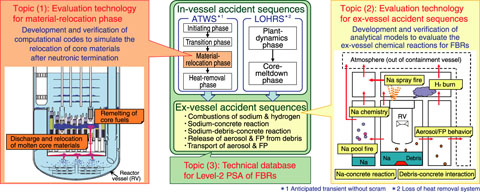
Fig.1-4 Development of Level-2 PSA Methodology for FBRs

Fig.1-5 Construction of event tree in Level-2 PSA for FBRs (transition phase in ATWS)
In the safety assessment of FBRs, it is necessary to evaluate whether appropriate measures have been taken against phenomena that have negligible probabilities but would lead to grave consequences if they occurred, and whether the risks (probability × consequence) are within acceptable bounds. Probabilistic safety assessment (Level-2 PSA) is an effective approach for the study of these issues, because it can deal with the uncertainties of event progressions from the core disruptive accident (CDA) to the release of radioactive material. In the Level-2 PSA for FBRs, it is important to develop evaluation technologies that take the FBR features into account.
In the present study, the methodology for the Level-2 PSA of FBRs was consolidated by developing new technologies that were lacking in previous studies: (1) an evaluation technology for the material-relocation phase; (2) an evaluation technology for ex-vessel accident sequences; and (3) a technical database for Level-2 PSA of FBRs (Fig.1-4).
In (1), the computational codes MUTRAN and SIMMER-LT were developed and verified for the simulation of material relocations after neutronic termination in CDAs. In (2), the analytical models CORCON and VANESA were developed and verified on the basis of new experiments for the evaluation of chemical reactions particular to FBRs. In (3), the dominant phenomena were identified by sensitivity analyses, and were used to construct event trees, in which the factors leading to grave consequences such as re-criticality were clarified (Fig.1-5). In addition, related experimental/ analytical results were compiled into a technical database to quantify the branch probabilities in the event trees. These developments enabled us to execute the Level-2 PSA for FBRs.
The present study was sponsored by the Ministry of Education, Culture, Sports, Science and Technology of Japan (MEXT).